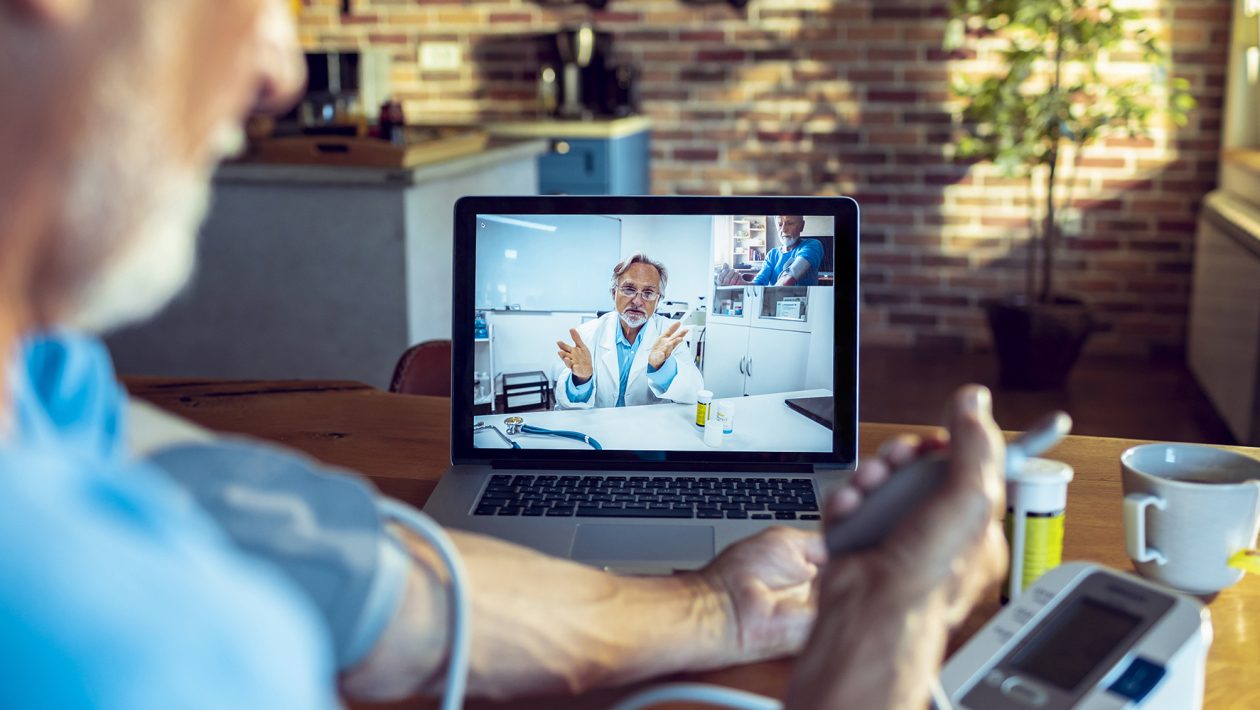Having a remote patient monitoring system can be a massive benefit to you. Not only does it save you time and money, but it can also improve your health. This is especially true if you have an illness or a chronic condition. It can help reduce hospitalizations and readmissions. In addition, it can improve patient loyalty and reduce health disparities.
Table of Contents
Reduces Hospitalizations
During the COVID-19 pandemic, remote patient monitoring (RPM) emerged as a new modality in healthcare. Its purpose is to allow patients to be monitored from home without exposure to the risk of COVID-19 virus transmission. However, there is limited evidence on the effectiveness of home monitoring.
The Geisinger Health Plan, a community-focused healthcare network in central and northeast Pennsylvania, conducted a study to assess the value of telemonitoring for health failure patients. They analyzed data from 126 697 patients discharged between 2007 and 2017. The results suggest that routine monitoring of hospitalized patients can reduce mortality and hospital admissions.
The program used an online portal accessible through a mobile phone app. It allowed patients to track vital signs at home, such as blood oxygen levels. The program was also connected to devices, such as personal ECGs and digital thermometers.
Improves Patient Loyalty
A solid remote patient monitoring (RPM) program is an excellent way to improve patient loyalty. This is because RPM provides several benefits to both patients and caregivers.
For one thing, tracking vital patient data and making care plans like remote patient monitoring billing more efficient is more accessible. In addition, having an app that connects to a device that measures vitals and sends the data to a dashboard at the practice makes monitoring easier.
Another benefit is that it makes a patient feel more engaged. They know they are receiving ongoing monitoring and understand that the healthcare team cares about their progress.
It’s also easier to manage patients’ treatment plans with telehealth alerts on their phones through remote patient monitoring software. In turn, this means fewer visits to the physician’s office.
Reduces Readmissions
Using telemedicine and remote patient monitoring (RPM) has been shown to reduce hospital readmissions. According to the Agency for Healthcare Research and Quality, the costs of readmissions are estimated to be billions of dollars a year. Readmissions occur when a patient returns to the hospital after discharge from inpatient care. This breakdown in care can negatively affect clinical outcomes and cost payers and medical institutions billions of dollars.
Patients with chronic diseases most commonly experience readmissions. The leading chronic conditions are diabetes and congestive heart failure. A study by Partners HealthCare revealed that its telemonitoring program reduced heart failure readmissions by half.
The benefits of remote patient monitoring go beyond just avoiding penalties. Remote care allows physicians to track metrics after patients are discharged. It also increases patient comfort and makes transitional care management more effortless. It also allows patients to receive interactive programs and interact with nurses through video conferences.
Reduces Travel Costs
Using modern equipment and a mobile app, telehealth offers a lower cost of care for patients. It also helps healthcare providers avoid travel and infections, which can be costly.
Telemedicine ” uses information and communication technologies to provide health care services.” It can be used to help chronic disease patients manage their conditions. Traveling to doctor’s offices or emergency rooms for patients with chronic illnesses may be cost-prohibitive. Telehealth allows patients to stay in their homes and helps keep chronic diseases at bay. It also increases access to health care for patients living in areas without access to medical care.
The most apparent benefit of telemedicine is travel time and cost reduction. In addition, telemedicine consultations result in decreased travel distance and fewer greenhouse gas emissions.
Reduces Healthcare Disparities
Using video visits to monitor hospitalized patients could reduce healthcare disparities. In addition, telemedicine can provide continuity of care. It can also alleviate transportation and childcare barriers. However, these barriers can hurt healthcare utilization.
Remote patient monitoring provides an opportunity to improve healthcare access, especially in underserved communities. This method has also been shown to increase business for mental health providers. However, the method must be implemented thoughtfully to ensure long-term sustainability. In addition, there needs to be more evidence to prove that the technique improves patient outcomes.
To better understand the role of telemedicine in healthcare access, researchers conducted a study of telemedicine use and healthcare disparities in Texas. This study included data from 55 clinics in Texas. Using electronic health record data, multilevel regression analyses were conducted. The results showed that there was a racial disparity in telemedicine usage. However, this disparity was reduced in older patients and publicly insured patients.











